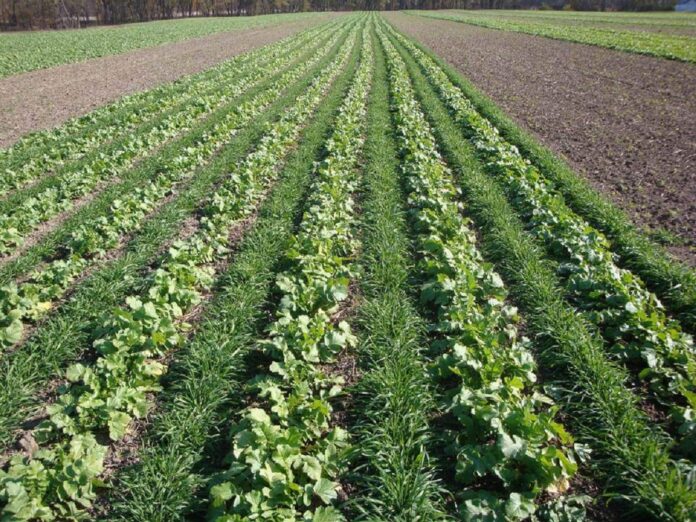- Advertisement -
Wondering which cover crop to choose from the many and available?. This post will help you do that. We have outlined series of questions you need to answer to help in your final choice of one or a combination of cover crops to use depending on what you hope to achieve.
Read also: 10 Benefits of Cover Crops
Basically, before growing a cover crop, you need to ask yourself:
- What type of cover crop should I plant?
- When should I plant the crop?
- How should I plant it?
- When should I kill the crop or incorporate it into the soil?

Read also: List of 100 and more cover crops
You should take into consideration the soil conditions, climate, and what you want to accomplish when selecting a cover crop. Answering these questions will help.
- What is the main purpose?
Is it to add Nitrogen to the soil or to scavenge nutrients and prevent loss of nutrients from the soil? Legumes add Nitrogen; other cover crops use the available soil Nitrogen. - Are you growing the cover crop to provide a large amount of organic residue?
- Will you use the cover crop as surface mulch or you want to incorporate it into the soil?
- Do you want to use it a check for erosion during heavy rains or winds?
- Is your soil very acidic and infertile, with low nutrients availability?
- Is soil compaction the problem?
Sudan grass, sweet clover, and forage radish are especially good for loosening the soil. - Do you want to suppress weeds?
Some species establish rapidly and vigorously to shade the weeds preventing the growth of the weeds, whiles some also chemically inhibit weed seed germination. - Which species of the cover crop would be best for the climate?
Different species have different levels of tolerance to varying climate. - Is it to address the problem of diseases or plant-parasitic nematodes?
Winter rye does a good job to suppress a number of nematodes in various cropping systems. - Will the cover crop take too much water that it harms the following crop? This may depend on the climate and water-holding properties of your soil.
These questions, however, are not restricting you to a single choice of cover crop for a single benefit. There can be, and in most cases, a combination of objectives and multiple choices of cover crops.
Inspired by: Selection of Cover Crops (http://www.sare.org)
- Advertisement -


